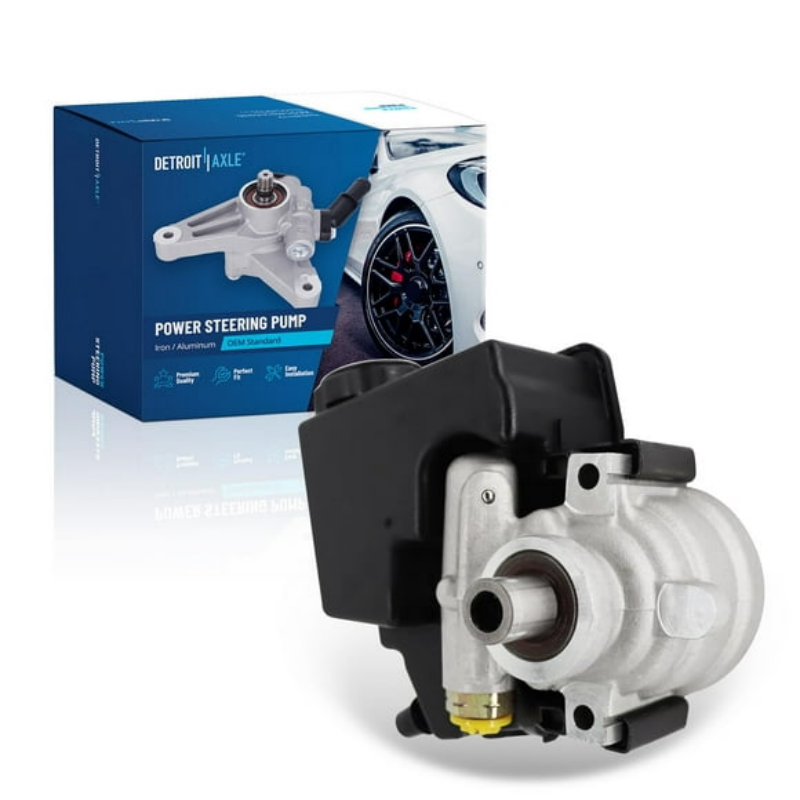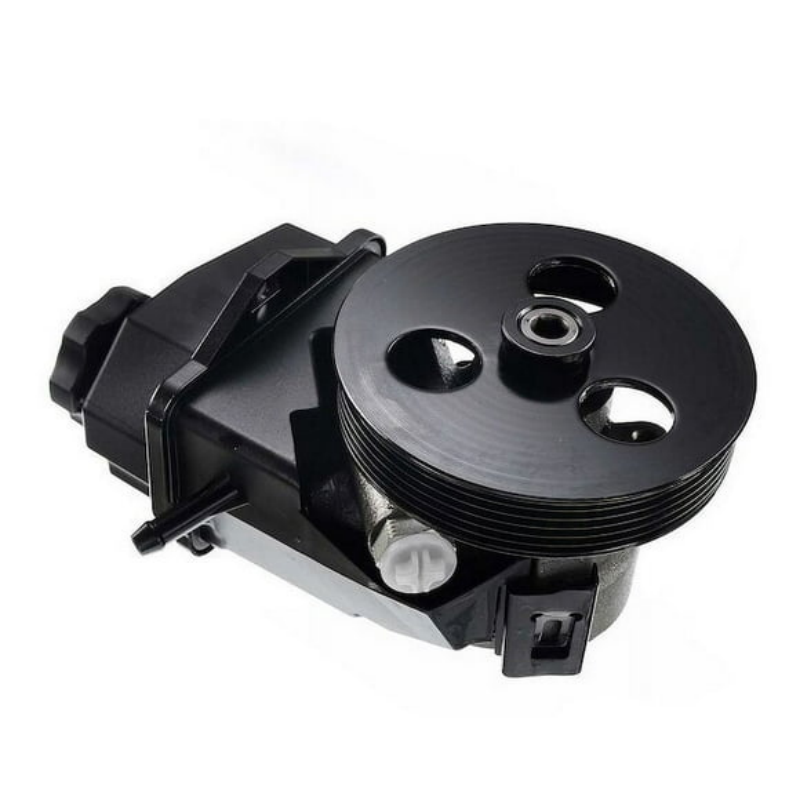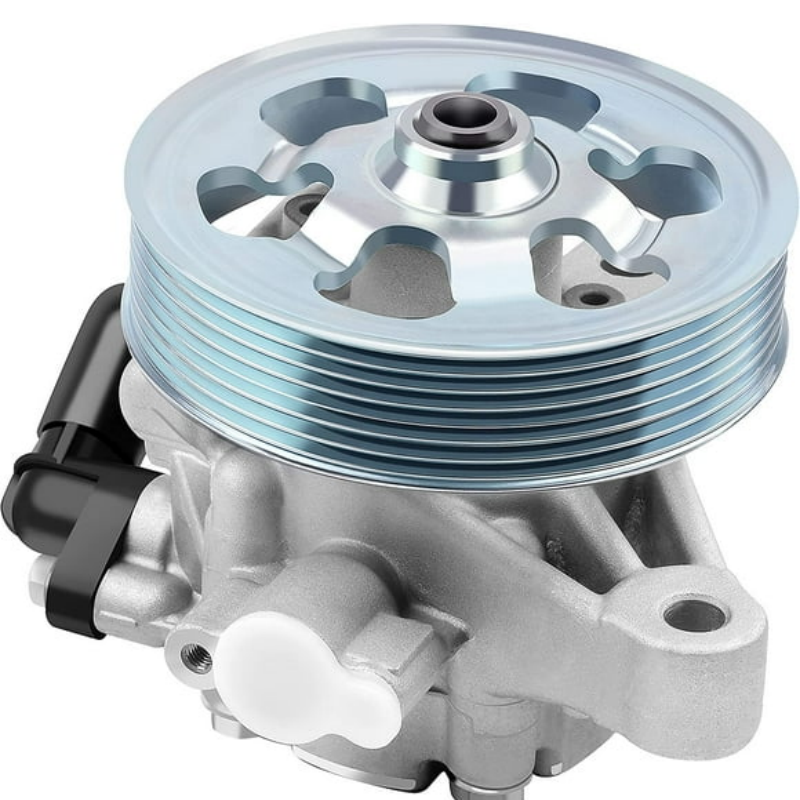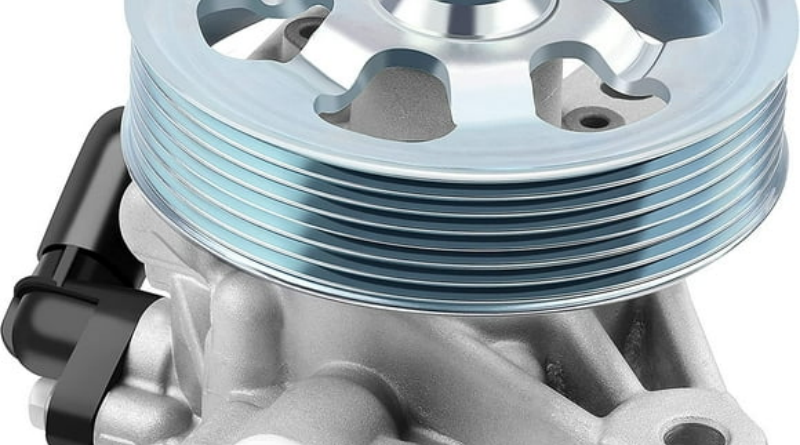Understanding Power Steering Belt Noise: Causes and Solutions
Experiencing power steering belt noise can be a common concern among vehicle owners, and recognizing this issue early is vital for maintaining the health of your vehicle. The power steering system is crucial for facilitating vehicle handling and comfort, allowing for easier maneuvering at low speeds and enhancing overall driving control. However, when the power steering belt begins to emit noise, it can indicate underlying problems that may lead to performance degradation if left unaddressed. This article delves into the causes of power steering belt noise, how to identify it, the potential consequences of ignoring it, and the solutions to fix the issue. By understanding the mechanics behind power steering belt noise, you will be better equipped to maintain your vehicle and ensure a smoother driving experience.
The Role of the Power Steering Belt
Before discussing the specifics of power steering belt noise, it’s essential to understand the function of the power steering belt and its significance in the steering system.
Understanding Power Steering Mechanism
Power steering systems exist to reduce the amount of effort required to steer a vehicle, making the driving experience more comfortable and manageable.
- Hydraulic Systems: Most traditional power steering systems utilize hydraulic mechanisms, where fluid pressure assists in steering. The power steering pump works in conjunction with the belt to circulate this hydraulic fluid.
- Electric Power Steering: Some modern vehicles utilize electric power steering (EPS), which operates differently and may have different components. However, many still require a belt in their design.
Function of the Power Steering Belt
The power steering belt is an integral component of the overall power steering system.
- Driving the Pump: The belt connects the engine’s crankshaft to the power steering pump, facilitating the pump’s movement. This, in turn, generates the pressure needed for effective steering.
- Power Transfer: The belt must be tight enough to ensure reliable power transfer but not so tight as to inhibit the pump’s performance.
Common Causes of Power Steering Belt Noise
If you start to hear noises coming from your power steering system, it may be attributed to various issues. Understanding these causes is crucial for determining the appropriate action.
Worn or Frayed Belts
A common culprit behind power steering belt noise is wear and tear.
- Belt Aging: Over time, belts naturally degrade due to factors such as heat, friction, and exposure to various elements. Aging belts can become brittle, cracked, or frayed, leading to increased noise levels.
- Visible Signs: Look for cracks or frayed edges. If you notice significant wear, it’s time to consider a replacement.
Improper Belt Tension
Belt tension plays a significant role in the overall function of the power steering system.
- Too Tight or Too Loose: A belt that is too tight can cause excessive strain on the components, leading to noise. Conversely, if a belt is too loose, it can slip, also resulting in noise and reduced power assist.
- Adjustment Recommendations: Regularly inspect and adjust the belt tension according to the manufacturer’s specifications to maintain optimal performance.
Pulley Misalignment
Misalignment of the pulleys connected to the power steering system can contribute to noise.
- Causes of Misalignment: Pulleys may become misaligned due to component wear or improper installation during maintenance and repairs. This misalignment can cause the belt to make noise as it rubs against the sides of the pulleys.
- Inspection and Realignment: A visual inspection can help detect misalignment. If noticed, correct the positioning of the pulleys and re-check the belt to ensure proper alignment.
Power Steering Fluid Issues
The power steering system relies heavily on fluid to function correctly.
- Low Fluid Levels: A significant drop in fluid levels can cause strain on the pump and lead to increased noise. Always ensure the fluid level is within the manufacturer-recommended range.
- Contaminated Fluid: Dirty or degraded fluid can also affect performance, causing noise as it introduces gunk into the system. If fluid appears dark or has particles, it’s time for a change.
Pump Malfunction
If the power steering pump is failing, it could lead to various symptoms, including noise.
- Pump Wear: Like the belt, the pump itself can wear over time. Listen for whining noises that may indicate internal pump issues.
- Replacement Needs: If diagnosed with pump failure, replacement may be necessary for restoring function and eliminating associated noise.
Diagnosing Power Steering Belt Noise
Proper diagnosis of power steering belt noise is critical to avoid unnecessary repairs and ensure efficient functioning.
Listen Carefully
Start by paying attention to the type of noise you hear.
- Hissing or Whining Sounds: These noises can indicate low fluid levels or pump issues.
- Squealing or Screeching: A high-pitched squeal usually suggests belt slippage, which may stem from improper tension or a worn-out belt.
Visual Inspection
Conducting a visual inspection can yield clues about the source of the issue.
- Check the Belt: Look for visible signs of wear, fraying, or cracks on the belt’s surface.
- Inspect Pulleys: Ensure the pulleys are aligned correctly and that there is no debris or damage present.
Fluid Level and Quality Check
Assessing the power steering fluid can also help diagnose the problem.
- Fluid Levels: Check the dipstick or reservoir to ensure adequate fluid levels.

- Fluid Condition: Assess the quality of the fluid. If it appears murky or has debris, consider a fluid change.
Mechanical Testing
If the issue persists, mechanical testing may be necessary.
- Tension Test: Verify the tension of the belt using a belt tension gauge. Adjust as needed based on specifications.
- Pump Testing: A mechanic can perform tests to check the integrity of the pump, ensuring it operates efficiently free from excess noise.
Solutions to Fix Power Steering Belt Noise
Once you’ve diagnosed the source of the power steering belt noise, it’s time to consider solutions for rectifying the issue.
Replacing the Power Steering Belt
If your inspection reveals that the belt itself is worn or damaged, replacement is necessary.
- Choosing a New Belt: When selecting a new power steering belt, ensure that it meets OEM specifications for compatibility and performance.
- Installation Tips: Follow proper installation procedures, ensuring correct belt tension for optimal performance.
Adjusting Belt Tension
If the belt is determined to be either too loose or too tight, adjusting the tension can effectively eliminate noise.
- Follow Manufacturer Guidelines: Always adhere to the manufacturer’s specified tension settings for the belt. Use appropriate tools for adjustment.
- Regular Maintenance: Make adjusting the belt part of your regular vehicle maintenance routine to prevent future noise and performance issues.
Fluid Maintenance
Maintaining proper fluid levels and quality helps keep the power steering system functioning smoothly.
- Top Up Power Steering Fluid: Replenish the fluid as needed to keep it within the recommended range.
- Fluid Change: If the fluid appears contaminated, perform a fluid change. Make sure to flush the system, replacing it with high-quality power steering fluid.
Addressing Pump Issues
If the power steering pump is found to be malfunctioning, it may need to be repaired or replaced.
- Professional Evaluation: Consult with a qualified mechanic if the pump appears faulty. They will provide the best recommendations tailored to your vehicle.
- Replacement Process: Replacing a power steering pump usually involves disconnecting the old pump, installing the new one, and refilling the system with fluid.
Re-aligning Pulleys
Misaligned pulleys can be realigned to remedy power steering belt noise.
- Adjust Pulley Position: If misalignment is detected, reposition the pulleys as necessary and check that they are securely fastened in place.
- Regular Inspection: Make it a habit to inspect pulley alignment during routine maintenance to prevent issues from arising.
Preventative Maintenance for Power Steering Systems
Preventative maintenance is an effective way to keep your power steering system running smoothly and quietly.
Regular Inspections
Incorporate regular checks into your vehicle maintenance routine.
- Visual Checks: Inspect the power steering belt, fluid level, and pulley alignment every few months, especially before long trips.
- Listen for Changes: Pay attention to any abnormal noises that may signal early signs of belt wear or other issues.
Timing Belt vs. Power Steering Belt Replacement
Understanding the difference between your power steering belt and timing belt will help you schedule replacements effectively.
- Replacement Intervals: Power steering belts should generally be replaced every 60,000 miles, depending on driving conditions. Timing belts often have different replacement intervals.
- Cross-Checking Work: Schedule related replacements to avoid future inconvenience during servicing or repairs.
Using Quality Products
Investing in quality parts can significantly reduce the risk of future problems.
- OEM Parts: Whenever possible, choose Original Equipment Manufacturer (OEM) parts for reliability and compatibility.
- Reputable Brands: If opting for aftermarket products, research reputable brands known for their durability and performance in power steering systems.
Proper Driving Techniques
Driving habits can affect the longevity of components, including the power steering belt.
- Avoid Excessive Steering Input: Abrupt steering movements can lead to increased strain on the power steering system, potentially causing belt wear.
- Maintain Fluid Levels: Regularly monitor and maintain proper fluid levels to ensure smooth operation and longevity.

Conclusion
Understanding power steering belt noise is essential for maintaining the overall health of your vehicle’s steering system. By recognizing the causes, knowing how to diagnose the issue, and taking appropriate corrective actions, you can significantly enhance driving comfort and performance.
Not only does a well-maintained power steering system provide ease of maneuvering, but it also contributes to overall safety on the road. Regularly checking components such as the power steering belt and pump can save not only time and money in repairs but also prevent more significant issues down the line. Remember that when you deal with automotive issues proactively, you’re investing in the longevity of your vehicle.
Ultimately, a well-functioning power steering system enhances your driving experience, allowing you to navigate efficiencies with confidence. By following the insights provided in this article, you can keep your vehicle’s steering system in check while reducing the occurrence of unwanted power steering belt noise.
